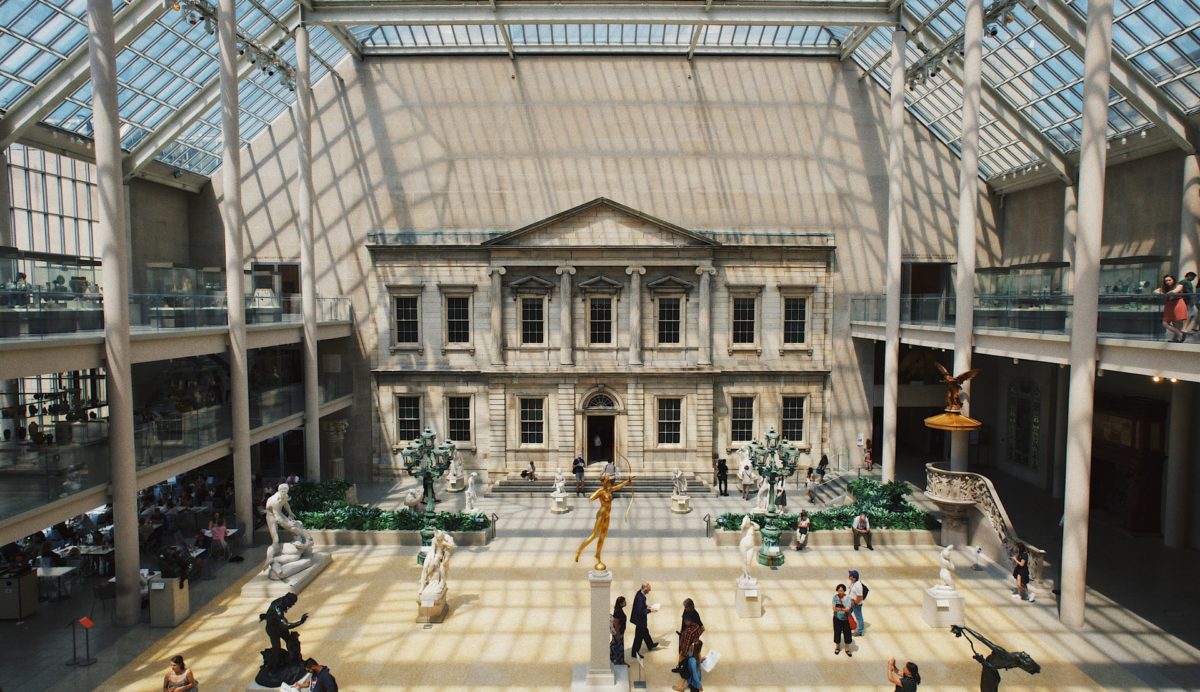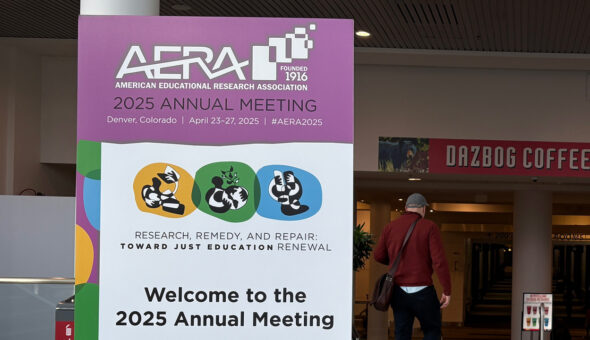Saturday 18th April is UNESCO World Heritage Day. To celebrate, Dr Simon Hayhoe is sharing excerpts from his research that relate to the occasion. Please watch the video on our Twitter page which accompanies this blog and the text below.
YOSEMITE NATIONAL PARK, CALIFORNIA
“On the eastern border of California where it meets Nevada, and in the middle of the state as it runs north to south, Yosemite National Park is what can perhaps be called a traditional US National Park. Yosemite spans three counties, is a UNESCO World Heritage Site and is a part of the Sierra Nevada mountain range; the latter mountains separate the dry and dusty desert region to the east of the Nevada state border from the mostly lusher, greener environment of central California.
Yosemite is over 1,100 square miles (more than 3,000 square kilometers), full of angular igneous mountains, luscious meadows, torrential rivers, soaring glaciers, and thick forests of Sequoia trees. Around 95 percent of the park is designated wilderness by the US government, and its place in the Sierra Nevada also provide it and parts of central California with a unique temperate climate.
At just over five square miles (around fifteen square kilometers), the cultural heart of the National Park is Yosemite Valley, which gave Yosemite its name. This relatively small valley was incorporated as a National Park by Abraham Lincoln in 1864, and was the first part of Yosemite to be designated as National Park. The rest of Yosemite was later designated a National Park in sections, after it was observed that its natural heritage was under threat from those using its natural resources without respecting its unique environment.
In the present era and being so vast, Yosemite has a range of natural and cultural heritage unique to anywhere on the planet; although accessibility to this habitat for all human visitors differs greatly according to snowfall, rainfall, land and river movement or forest fire, and you often see warnings of these natural events on Yosemite’s website.”
Cultural Heritage, Ageing, Disability and Identity. Abbingdon, UK: Routledge. pp. 153, 2019
THE METROPOLITAN MUSEUM OF ART, NEW YORK
The location of the [Metropolitan Museum of Art] is designed to be visually spectacular, and its more modern redesigns have been planned with the ambition of enhancing these views. On its then new site in 1880, the Met buffered the east side of Central Park. And the Met’s main site is still located on the same Fifth Avenue plot as this initial purpose-built art house.
Nowadays, the Met’s plot has expanded to four blocks wide, between the cross streets of Eightieth and Eighty-Fourth. The main building is also surrounded by some of the wealthiest real estate in the city. The views from its roof garden are designed to inspire awe, as they face the south side of Central Park, Midtown Manhattan, and the Upper West Side.
From its relatively modest beginnings, the Met’s collection expanded rapidly over the latter decades of the nineteenth century and continued to expand exponentially with only two breaks. This growth was curtailed during the First and Second World Wars, when its collection and building programs were all but frozen and part of its collection was placed in storage.
This first hundred years of the Met was the period of its greatest growth. In this era, the Met was nurtured and represented by numerous curatorial departments and purpose-built collections, such as that found in the American Wing...
The main building of the Met [now] has galleries over five floors, with other public facilities on two further floors. These galleries house numerous exhibitions, ranging from features of modern art, photography, and design to old masters—exhibited as per country and period—and cultural objects from every populated continent in the world. In addition, the Met now has two further sites in Manhattan: Cloisters and Met Breuer.”
Blind Visitor Experiences at Art Museums. Lanham, MD: Rowman & Littlefield, 2017. pp. 93-94
Main image by Robert Bye on Unsplash
Respond



